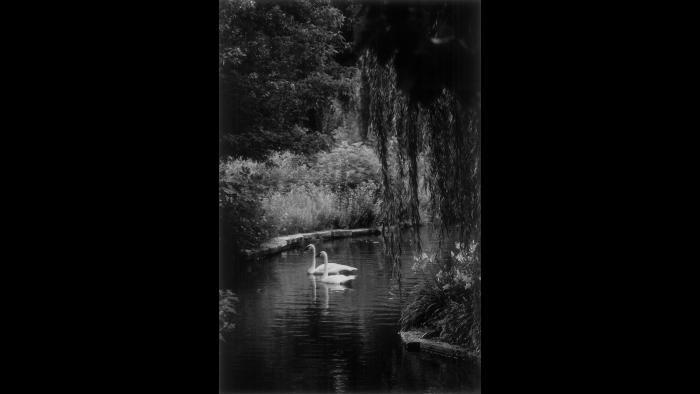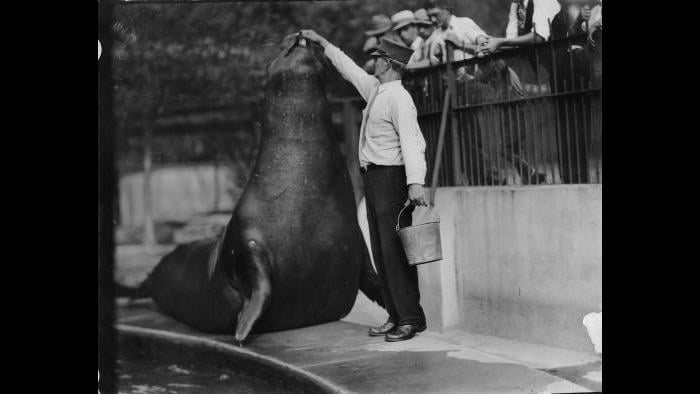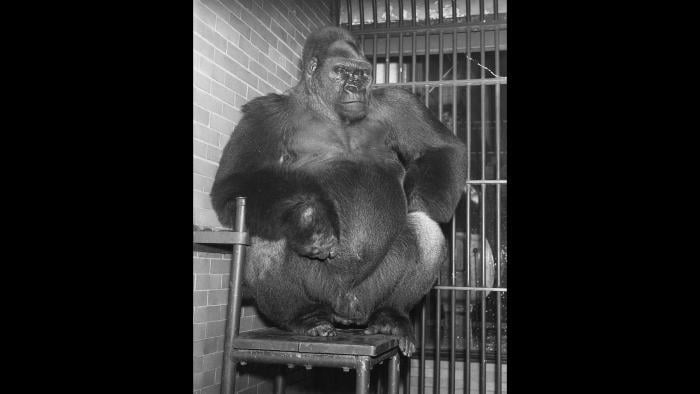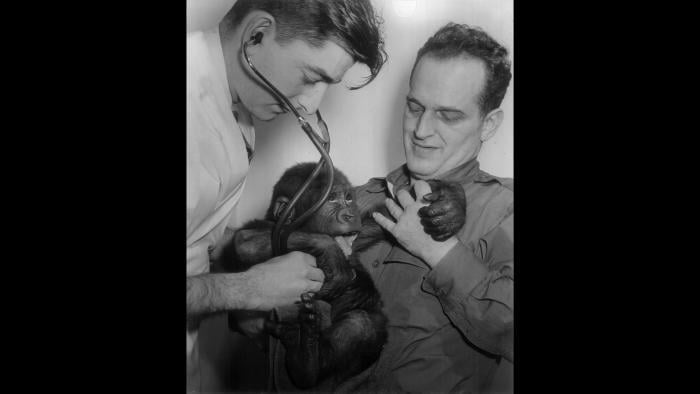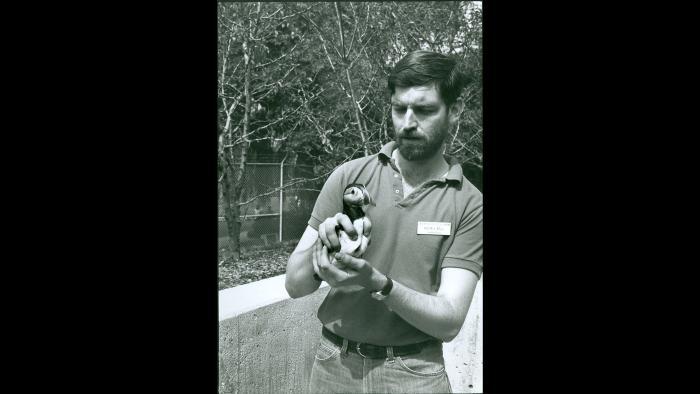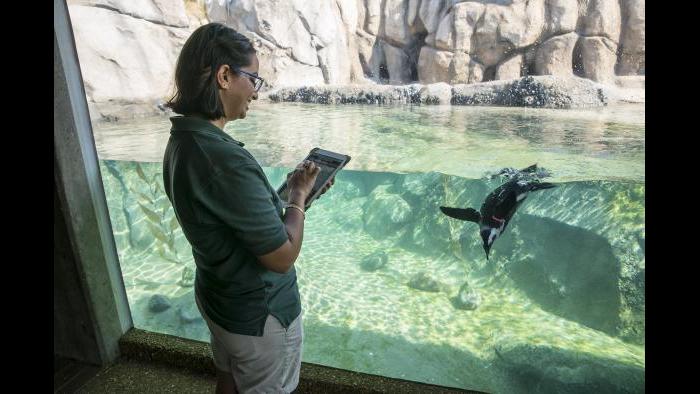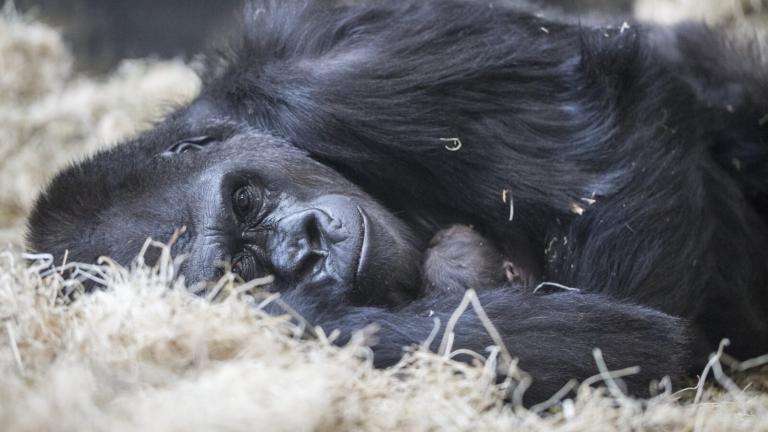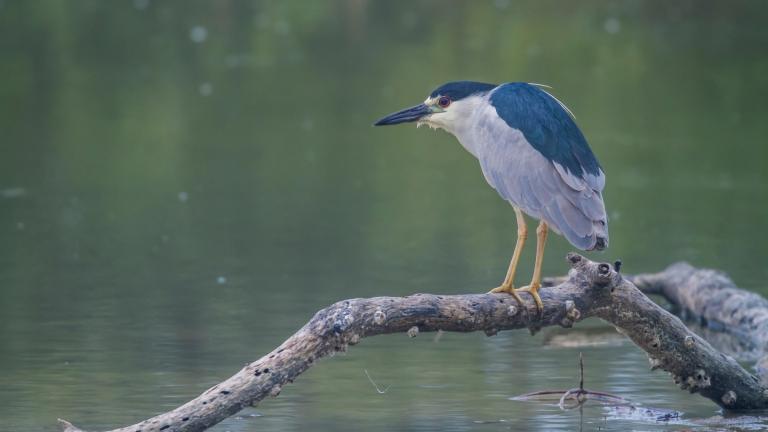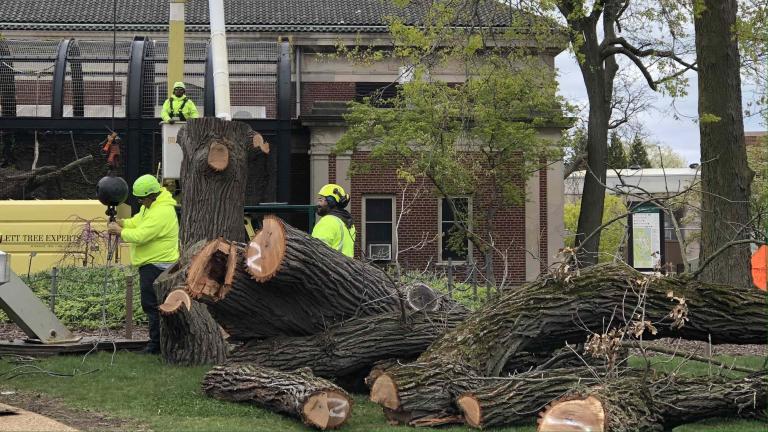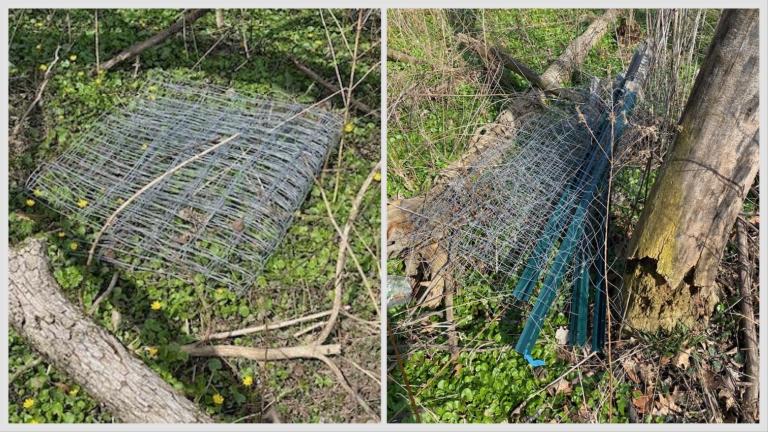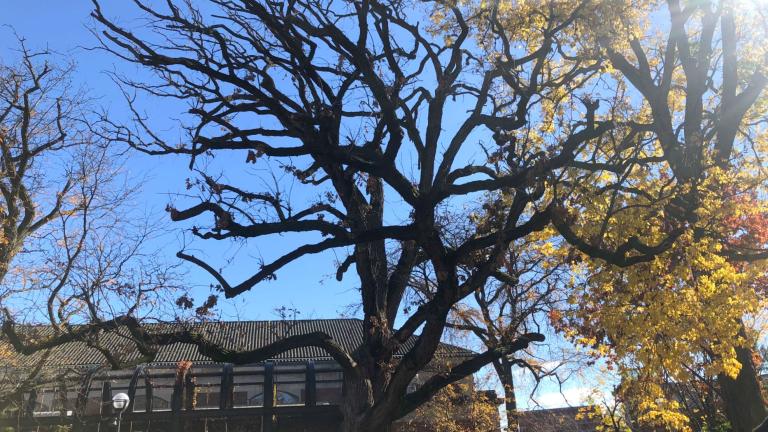This year marks the 150th anniversary of Lincoln Park Zoo.
The zoo began with a gift of two pairs of swans from New York's Central Park, and has evolved into a world-class facility that now puts science and conservation at the heart of its mission.
And it can make one claim that few institutions like it can: Throughout those 150 years it has been free – and it remains the only privately managed, free zoo in the United States.
Kevin Bell has led the zoo for the past 25 years but first came to the zoo as curator of birds in 1976.
“My dad was actually curator of birds at the Bronx Zoo in New York, so this is actually a family tradition,” said Bell, who has seen great changes in his 42 years at the zoo.
“There has been a great paradigm shift over the years. For many, many years zoos were just basically menageries where people came for recreation – just to have fun,” said Bell. “What has changed over the years is that we obviously need to do more to support the species that we have. We want to connect them to the species that we have in our institutions and teach them about how we can help these species in the wild.”
He also notes that conditions for zoo animals has also changed.
“When I came to the zoo in 1976 the birdhouse had concrete and tile. It was basically made so you could hose the cage down really well, soap it and clean it,” said Bell. “But the problem with that is that it may keep disease down to a certain degree but it tells people nothing about where these animals come from – there was no connection to the wild at all.”
But now, Bell notes, the conditions for the animals have improved and the mission of zoos has changed from simply displaying animals to helping educate the public about them to help preserve species in the wild.
“A lot of these animals, their populations are in deep trouble and we need to be able to protect them,” he said. “Zoos are a way for us to tell that story.”
Bell joins Carol Marin to discuss Lincoln Park Zoo’s anniversary and the future of zoos in the 21st Century.
Related stories:
Lincoln Park Zoo Takes Urban Wildlife Program Global
Do Mice Prefer Chicago or its Suburbs? Lincoln Park Zoo Explores
Special Exhibit Showcases 150 Years of Lincoln Park Zoo

